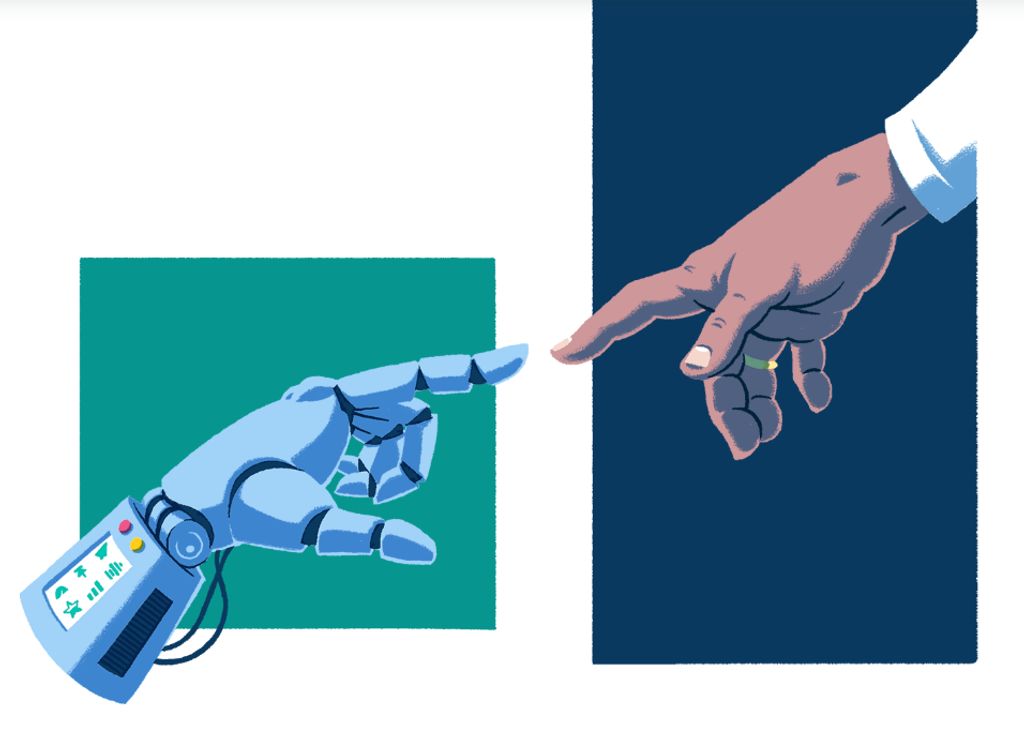In the global rush toward artificial intelligence, enterprises are discovering that ambition alone does not guarantee transformation. Many organizations have mastered the art of experimentation: launching pilots, prototypes, and proofs of concept, but struggle to turn those experiments into operational value. The gap between AI’s potential and its realized impact is no longer a question of technology, but of execution.
When AI Ambition Meets Execution Reality
Across industries, organizations are racing to embed artificial intelligence into their operations, from automating workflows to enabling predictive decision-making. Yet despite this surge of enthusiasm, the majority of enterprise AI initiatives remain stuck in their early stages. A 2024 Gartner study revealed that nearly 80 percent of AI projects stall at the proof-of-concept (POC) phase, with fewer than one in five successfully scaling to production environments.
This disconnect between ambition and realization is what experts at DXTech call the “POC Trap.” It occurs when companies treat AI as a series of isolated experiments rather than a long-term capability integrated into their organizational fabric. Escaping this trap requires more than advanced algorithms; it demands a shift in architecture, governance, and mindset. This article explores why so many POCs fail, what differentiates successful deployments, and how to design AI systems that deliver measurable business value at scale.

The Anatomy of the POC Trap
Many enterprises begin their AI journey with enthusiasm, setting out to validate specific use cases through small, controlled pilots. These efforts often produce promising results in limited contexts. However, the transition from pilot to production exposes deeper structural challenges that were never addressed during experimentation.
In most cases, the problem lies not in the technology itself, but in the way it is conceived and managed. POCs are frequently developed by isolated innovation teams without direct alignment to existing IT infrastructure or business operations. As a result, models that perform well in a controlled environment fail to integrate with live data pipelines, compliance systems, or enterprise workflows.
Equally critical is the lack of clear performance metrics. Many organizations still measure POC success by technical indicators such as model accuracy or latency rather than by tangible business outcomes like cost savings, efficiency gains, or risk reduction. Without this linkage, leadership teams struggle to justify further investment.
Infrastructure mismatches further compound the issue. A model that runs smoothly on a developer’s workstation may encounter cost, latency, or governance hurdles when deployed across cloud environments. The absence of a coherent governance framework—one that defines accountability, validation, and update protocols—turns deployment into a compliance risk rather than an operational milestone.
Ultimately, these recurring failures share one root cause: a gap between innovation and industrialization. Enterprises know how to build pilots but lack the frameworks to turn those pilots into systems that endure.
From Proof of Concept to Proof of Value
To move beyond experimentation, organizations must redefine the purpose of their AI initiatives. At DXTech, this means shifting focus from proof of concept to proof of value. The latter is not about technical feasibility but about measurable business outcomes.
A successful proof of value begins with alignment. AI must serve a defined strategic objective, whether reducing operational costs, mitigating compliance risk, or improving customer experience. This alignment ensures that model development is not an isolated exercise but a step toward broader transformation.
It also requires clarity in measurement. Rather than aiming for high-level innovation metrics, teams should establish baseline indicators of success, including ROI, process efficiency, or accuracy improvement in decision-making. Finally, organizations must anticipate scale from the outset—considering deployment architecture, data governance, and change management even during initial experimentation.
At its core, this transition represents a cultural shift: treating AI not as a one-time project but as an enterprise capability that evolves continuously.
Architecting for Scale

Scaling AI responsibly demands an architectural approach that integrates data readiness, modular deployment, and continuous monitoring. At DXTech, these three elements form the foundation of every enterprise AI implementation.
The first is integration. AI systems cannot operate in silos. They must communicate seamlessly with core applications such as ERP, CRM, HR, and finance systems. Integration requires careful API design, standardized data models, and interoperability across platforms. It also involves early alignment with IT infrastructure to avoid the costly re-engineering that often follows a successful pilot.
The second is governance and monitoring. Once deployed, AI models evolve alongside changing data, regulations, and market conditions. A recent McKinsey study found that organizations implementing continuous model monitoring are 2.5 times more likely to achieve sustained returns on AI investment. For this reason, DXTech embeds governance dashboards into every deployment, tracking model performance, accuracy, and drift over time. This ensures transparency, auditability, and compliance across departments.
The third foundation is modularity. Scalable AI architectures must be both resilient and adaptable. By employing containerized and cloud-native frameworks such as Kubernetes and CI/CD pipelines, DXTech enables clients to deploy, replicate, and update models across multiple environments without disruption. This modularity is essential for enterprises that operate under dynamic workloads and diverse compliance conditions.
Governance: Scaling with Trust and Accountability

As AI becomes operationally embedded, the risks extend beyond model failure to encompass ethical, regulatory, and reputational dimensions. For enterprises, scaling responsibly means ensuring that innovation is matched by governance.
DXTech approaches this through a structured three-tier governance model. The first tier, operational governance, defines ownership, maintenance protocols, and escalation processes for all AI assets. The second, technical governance, enforces model reproducibility, explainability, and fairness—key requirements in sectors like finance, healthcare, and government. The third, regulatory governance, aligns AI operations with global standards such as GDPR, ISO/IEC 42001, and emerging AI regulatory frameworks in the EU and Asia-Pacific.
These frameworks enable organizations to retain control as they expand. Governance, when executed properly, is not a constraint on innovation—it is its enabler.
People and Processes: The Human Dimension of Scale

Technical readiness alone cannot guarantee successful scaling. Equally critical is organizational readiness—the alignment of people, processes, and culture. Without buy-in from business units, even the most sophisticated AI systems risk underutilization.
To address this, DXTech assists enterprises in building AI Centers of Excellence (CoEs)—interdisciplinary units responsible for setting standards, sharing best practices, and driving adoption across the organization. CoEs play a pivotal role in training employees, establishing communication channels between data scientists and business leaders, and ensuring that feedback from end users informs future iterations.
This approach transforms AI from a specialized capability into a shared asset—one that supports continuous improvement and enterprise-wide impact.
Measuring Success Beyond Accuracy

Many AI initiatives measure progress through technical indicators such as precision or recall. While these are valuable, they often fail to capture the real-world value of scaling. A more holistic perspective incorporates business-centric metrics such as operational efficiency, process automation rates, and compliance outcomes.
DXTech assists clients in developing AI performance scorecards that align technical KPIs with strategic objectives. By tracking adoption rates, audit results, and return on investment, enterprises can quantify how AI contributes to overall transformation goals. This shift from model accuracy to business accountability is essential for sustaining momentum after deployment.
Building for the Future: Sustainable Scaling

AI scaling is not a single milestone but a continuous cycle of optimization. The most successful enterprises treat it as an evolving capability, adapting infrastructure and governance as technologies mature.
Emerging practices such as edge inference, federated learning, and hybrid cloud deployment are reshaping the landscape of scalability. DXTech’s frameworks are designed to accommodate these advancements while maintaining compliance and data sovereignty. In doing so, they ensure that clients can expand capabilities without sacrificing transparency or control.
Escaping the POC Trap

The difference between experimentation and transformation lies in execution at scale. Many organizations have proven that AI can work; fewer have proven that it can last. The challenge is not in building smarter models but in building smarter systems—systems that integrate, govern, and evolve.
For enterprises ready to move beyond the cycle of perpetual pilots, the path forward is clear: establish architectural discipline, embed governance, and measure business value from the start.
As a Top AI Builder, DXTech helps organizations bridge the gap between proof of concept and production. Through structured frameworks, modular architecture, and continuous governance, we enable clients to transform AI from isolated experiments into operational capabilities that deliver sustained impact.
Scaling AI is not about deploying faster—it’s about building to endure.
